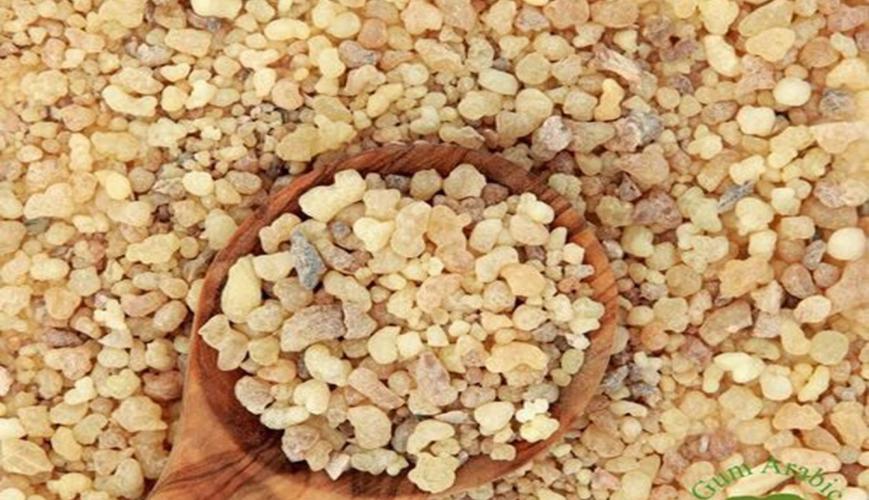
Xanthan Gum Exporter DUBI CHEM
Substitutes for xanthan gum. A handful of alternatives to xanthan gum can thicken food and ensure an even texture: Psyllium fiber works well as a binding agent and adds fiber to food. Chia seeds.
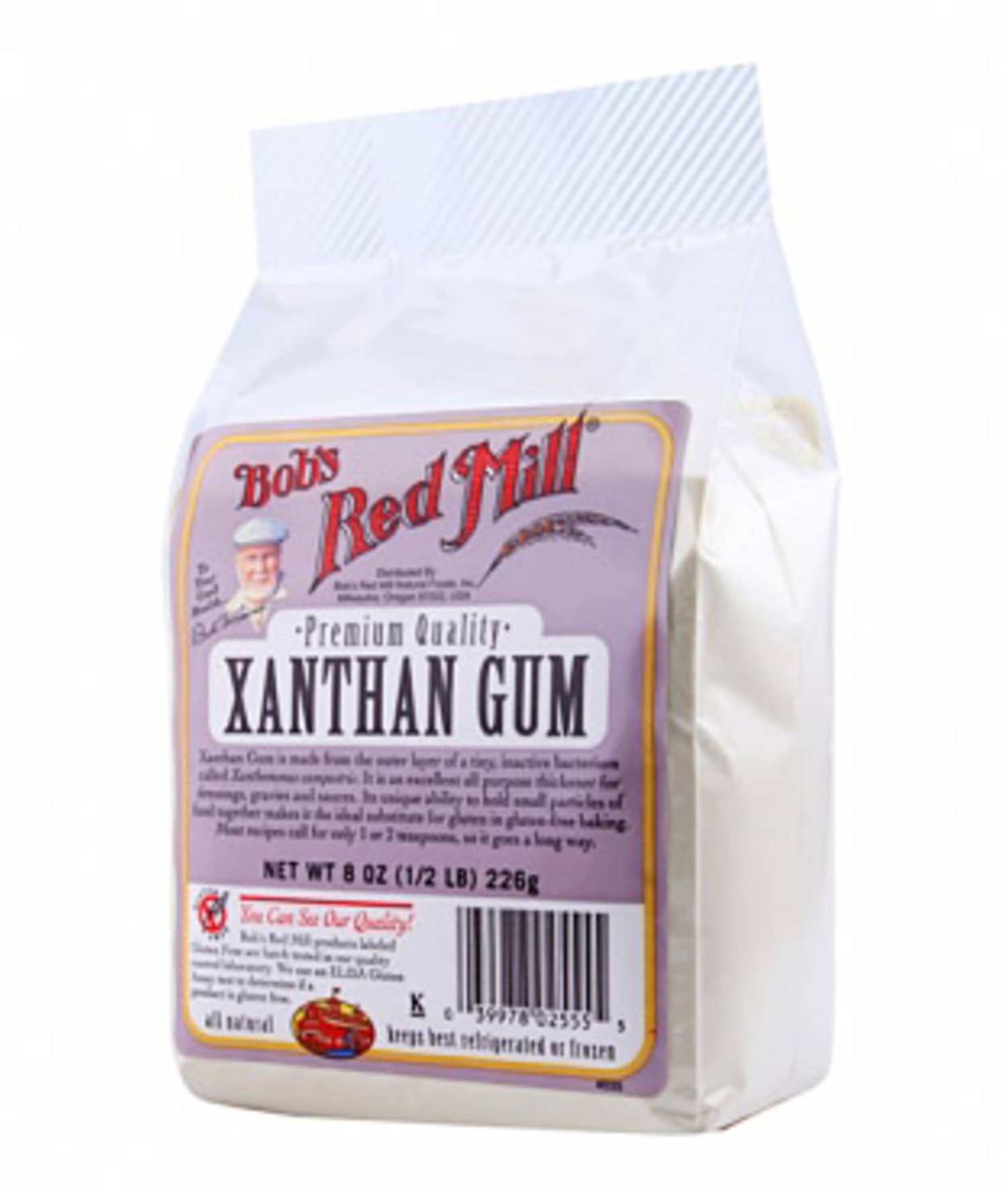
What’s the Deal with Xanthan Gum? Kitchn
Xanthan gum is a chain of sugar building blocks made by fermenting simple sugars with a specific kind of bacteria. It is sometimes used to make medicine.

Xanthan Gum Free Shipping at Jettyfy Philippines
Lyase-treated xanthan gum was generated by mixing 5 mg ml −1 xanthan gum with 0.5 U ml −1 of Bacillus sp. xanthan lyase (E-XANLB, Megazyme) in 30 mM potassium phosphate buffer (pH 6.5).

4 Chemical structure of xanthan gum [60] Download Scientific Diagram
Xanthan gum, a high-molecular-weight extracellular polysaccharide widely used as a thickener, emulsifier and stabilizer in food with the European food additive number E415. It is different from other polysaccharide gums (same with gellan gum) as made from bacterial fermentation while others are extracted from or parts of a plant.

The Condiment Bible Ingredient Spotlight Xanthan Gum
Xanthan gum is a popular food additive that's commonly added to foods as a thickener or stabilizer. It's created when sugar is fermented by a type of bacteria called Xanthomonas campestris.

It’s Just Xanthan Gum The Keto Gate
Xanthan gum is a heteropolysaccharide with a primary structure consisting of repeated pentasaccharide units formed by two glucose units, two mannose units, and one glucuronic acid unit, in the molar ratio 2.8:2.0:2.0 (Fig. 1).Its main chain consists of β-d-glucose units linked at the 1 and 4 positions.The chemical structure of the main chain is identical to that of cellulose.
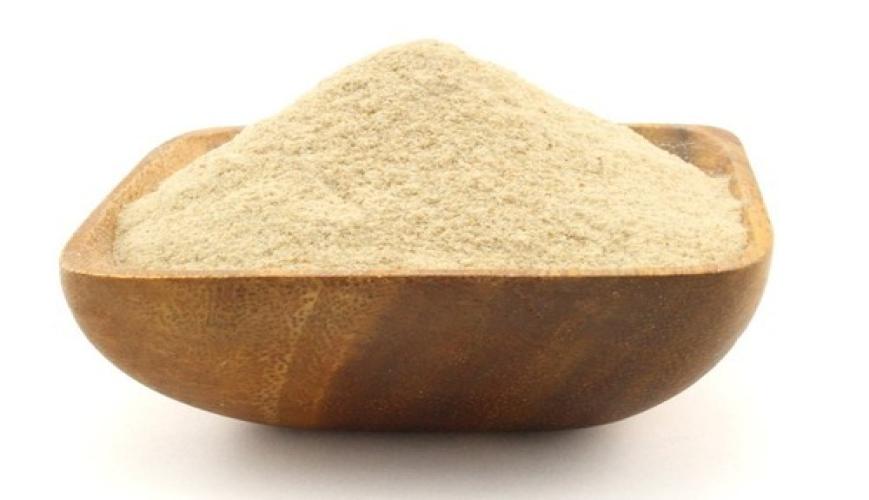
What is Xanthan Gum? DUBI CHEM
Xanthan gum is a substance used in making some foods and medications. It has different effects in these products: It can add thickness, keep textures from changing, and hold ingredients in place.
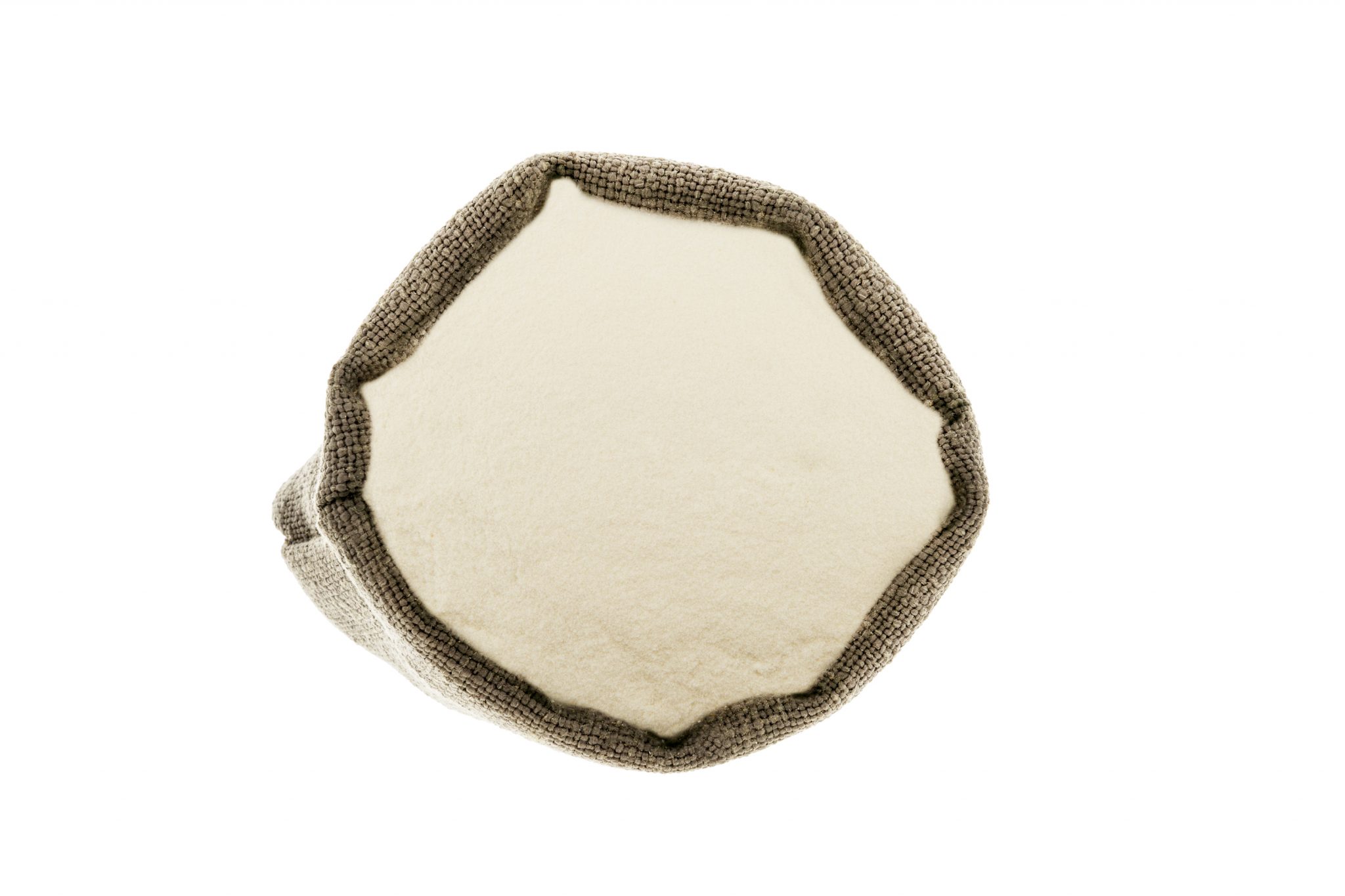
Xanthan Gum Health Buzz
Xanthan gum (/ ˈ z æ n θ ə n /) is a polysaccharide with many industrial uses, including as a common food additive.It is an effective thickening agent and stabilizer that prevents ingredients from separating. It can be produced from simple sugars by fermentation and derives its name from the species of bacteria used, Xanthomonas campestris.
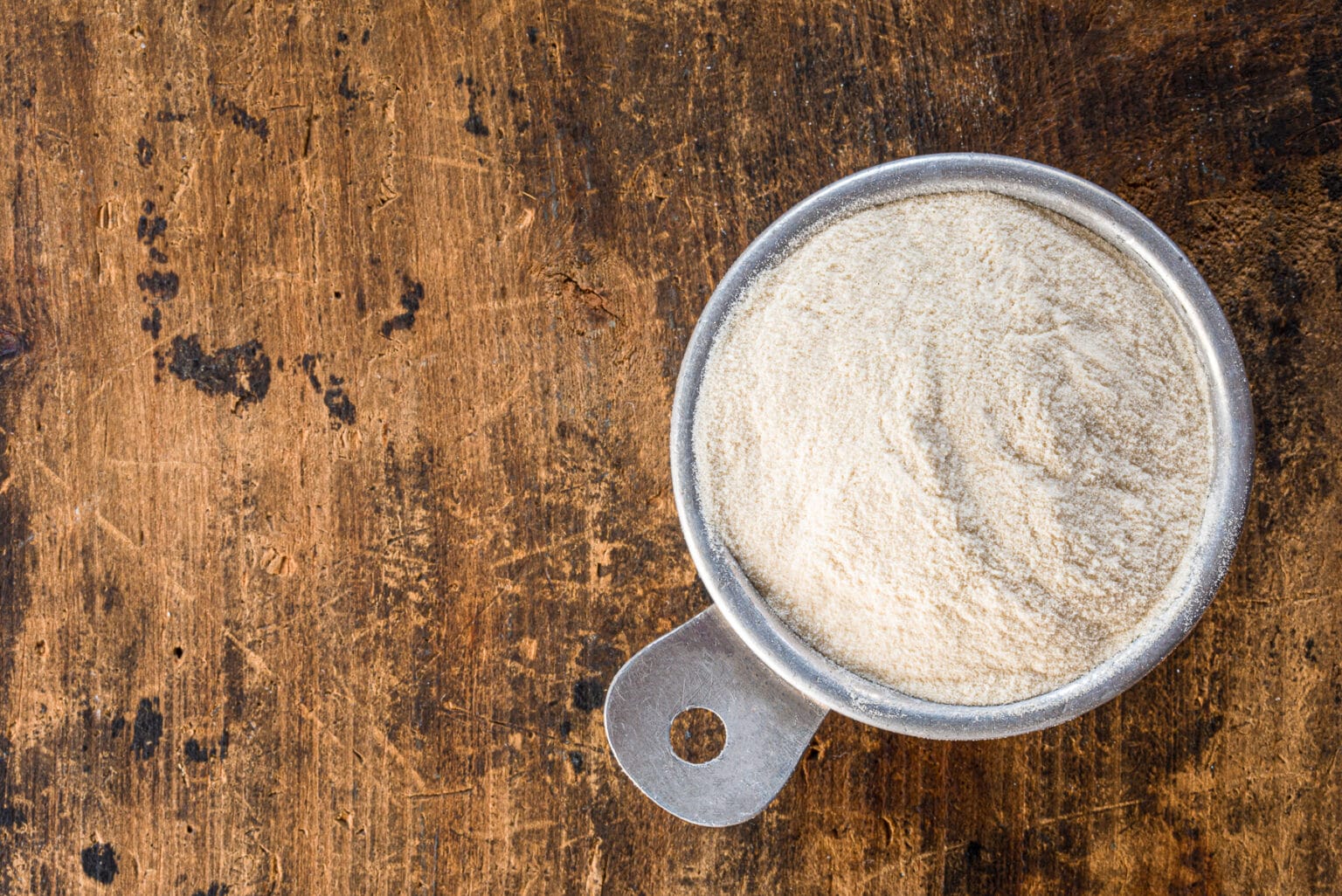
Xanthan Gum Substitutes Here's Everything You Need To Know
This is a condition in which people have a difficulty emptying food into the esophagus because of abnormalities in muscle or nerves. Common in stroke victims, this use can help people considerably because it can aid aspiration. Interestingly, this increased viscosity can help reduce blood sugar spikes when xanthan gum is mixed with fruit juice.

Xanthan Gum
Xanthan gum is found in every category of cosmetic products, with 3,470 reported uses under the FDA. It can be found in everything from cleansers to masks, serums to peels. Xanthan gum is a popular ingredient for green beauty brands as it is naturally derived and is safe. The Cosmetic Ingredient Review has approved xanthan gum for skincare and.
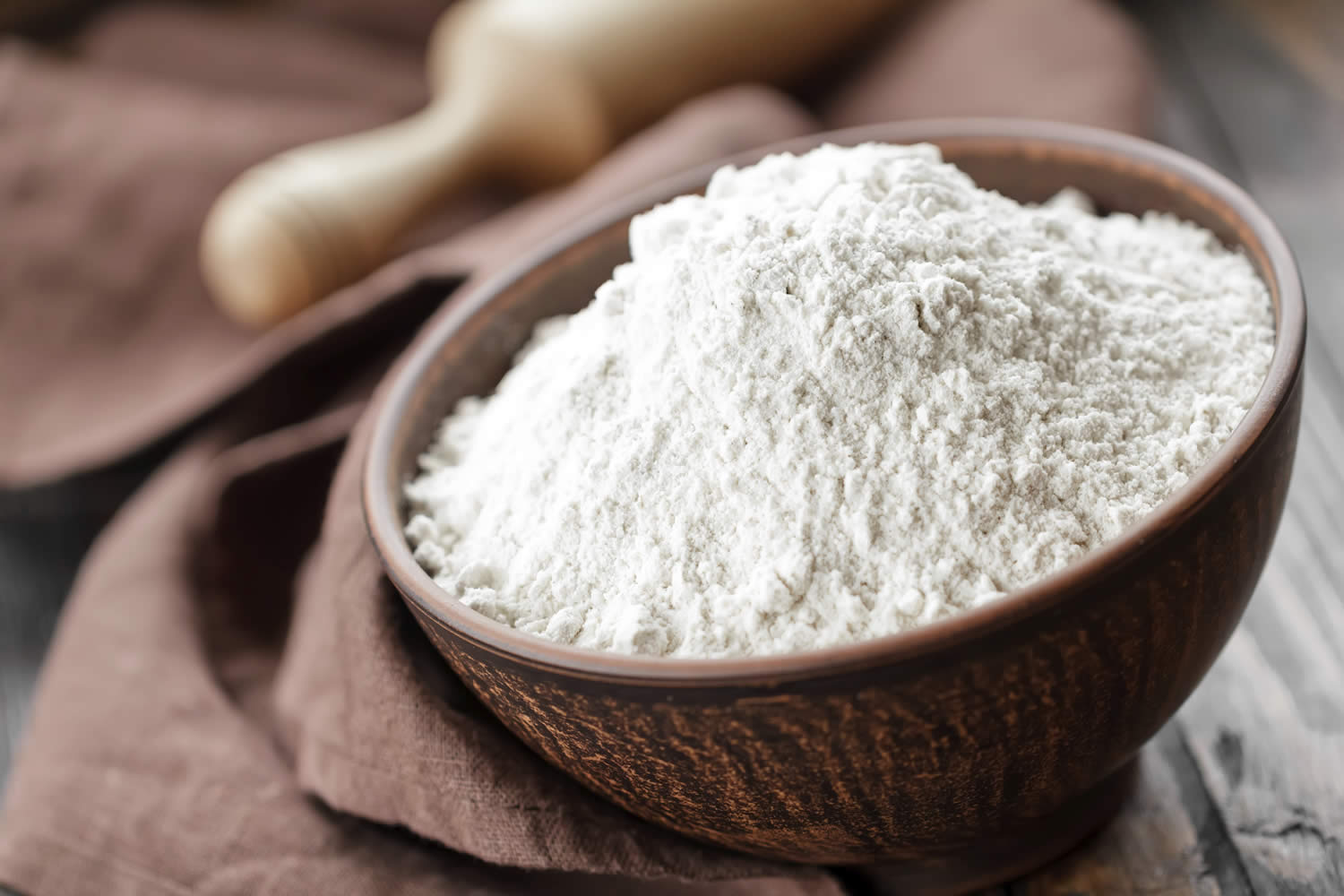
Xanthan Gum & Xantham Gum Uses Xantham Gum Safety Concerns
Erhalten auf Amazon Angebote für xanthan gum transparent im Berwich Drogerie & Körperpflege. Entdecken tausende Produkte. Lesen Kundenbewertungen und finde Bestseller
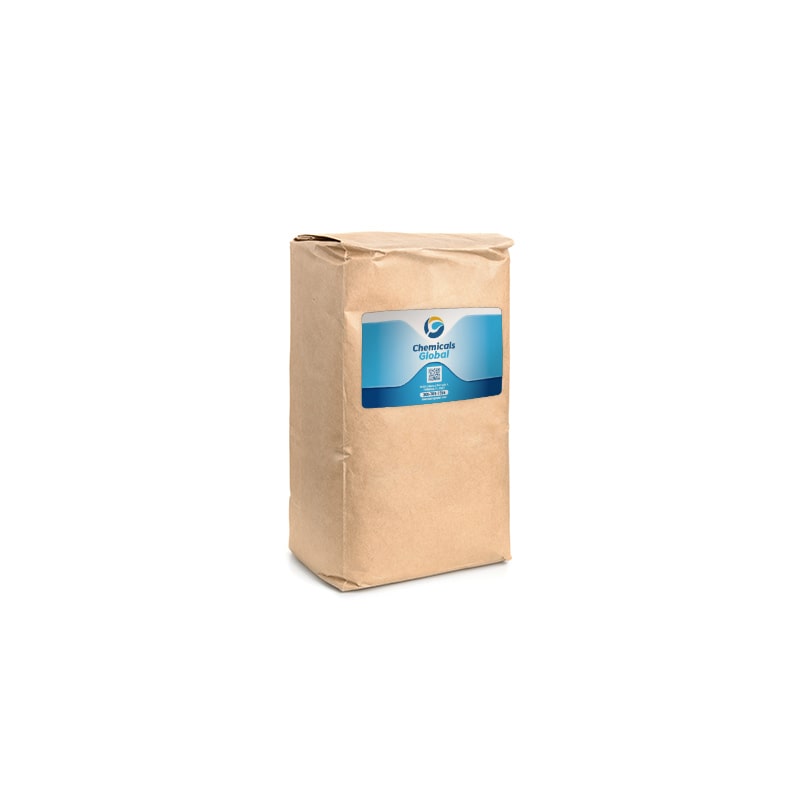
Xanthan Gum 1 Supplier Distributor Best Price
A study published in Food Science and Technology Research in 2016 found xantham gum may aid in lowering blood sugar. It has also been linked to lowering cholesterol when consumed in large amounts.

Xanthan Gum
Xanthan gum is an anionic polyelectrolyte due to the presence of acetate and pyruvate groups on its backbone [30].Side-chains contribute approximately 65 % of the xanthan gum molecular weight and are crucial for the molecular conformation [75].Xanthan gum can interact synergistically with other polysaccharides (e.g., cellulose and its derivatives, galactomannans [i.e., guar gum and locust bean.

Xanthan Gum Bulk Priced Food Shoppe
The high exposure to xanthan gum (E 415) ranged from 6.2 mg/kg bw per day in infants to 308 mg/kg bw per day in children. In the non‐brand‐loyal scenario, mean exposure to xanthan gum (E 415) from its use as a food additive ranged from 0.1 mg/kg bw per day in infants to 40 mg/kg bw per day in toddlers.
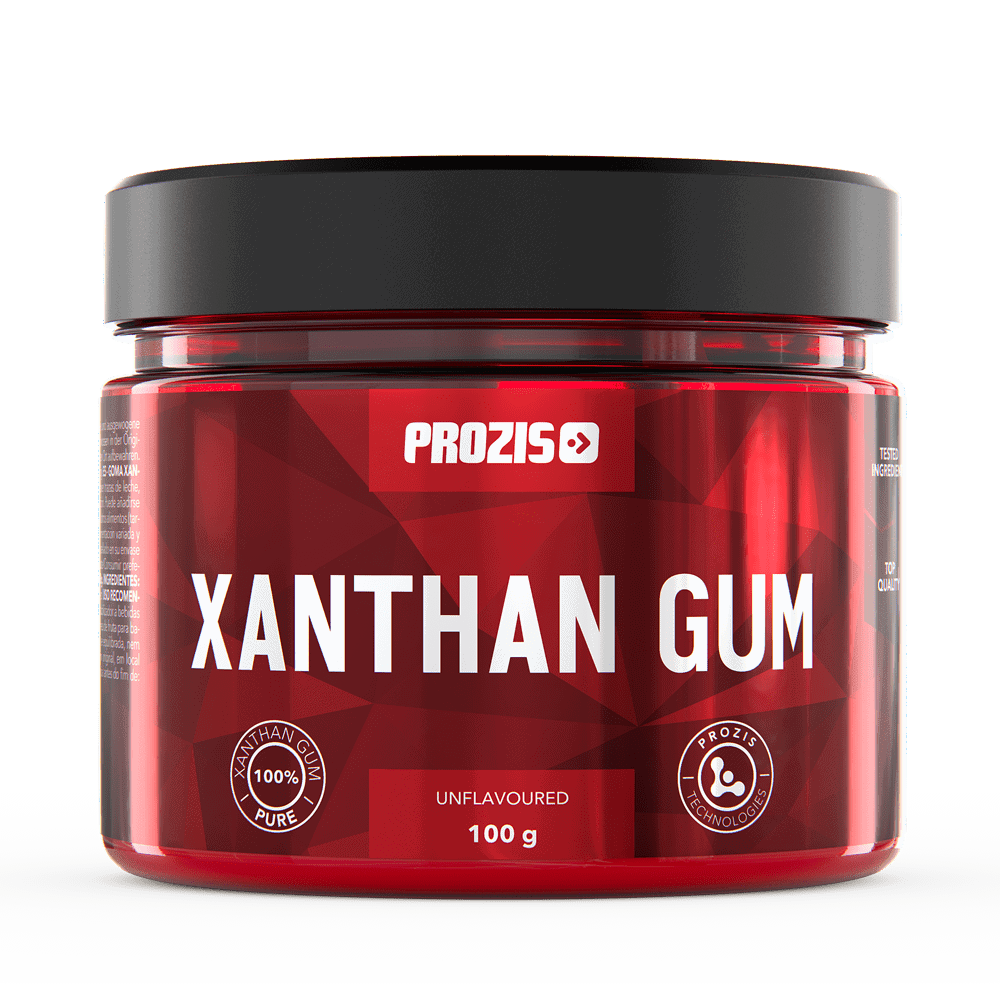
Xanthan Gum 100 g in vendita su Perfect Body 360°
To thicken up your recipes, blend the xanthan gum into the liquid that you'd like to thicken, then stir it around, and it will thicken instantly. When used to thicken soups, sauces and creams, the amount of xanthan gum needed will vary depending on the desired consistency. Generally, for thin sauces, a ratio of 0.1% to 0.3% works best.
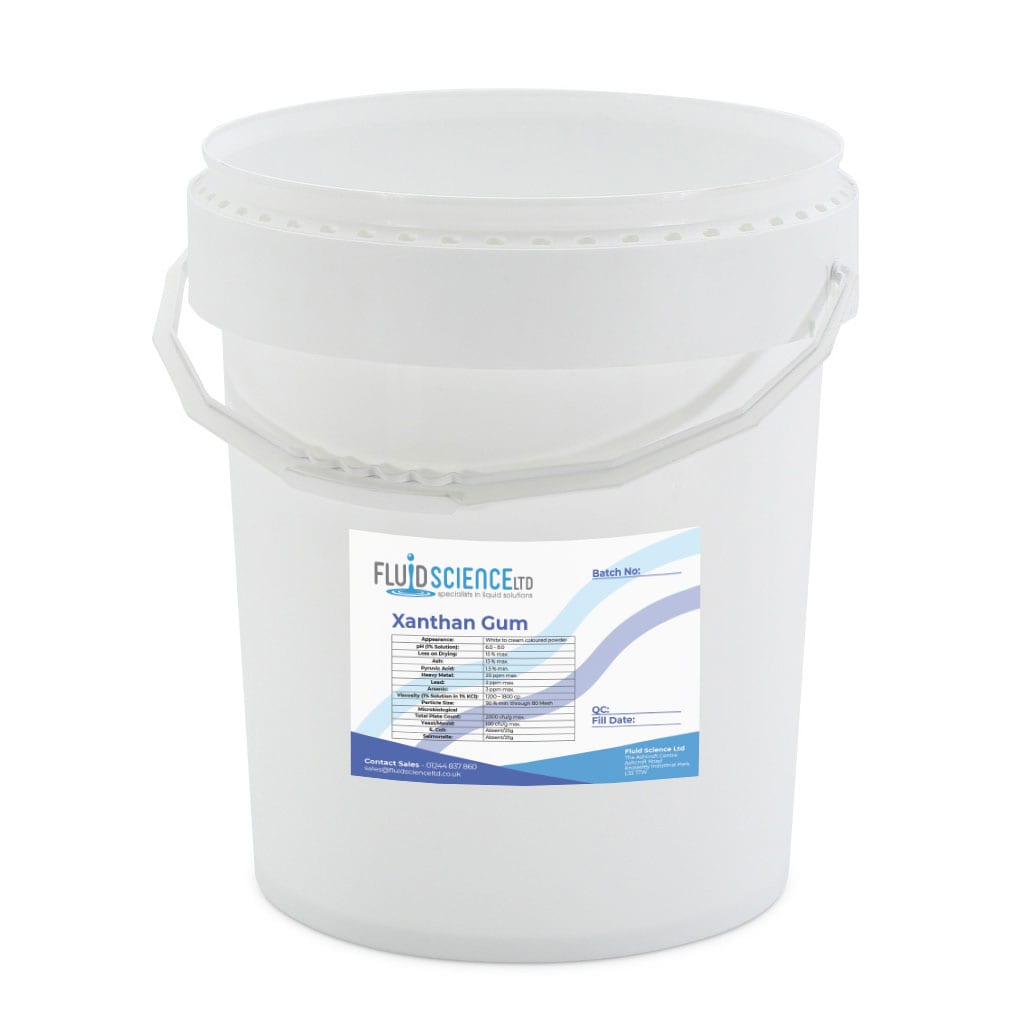
Xanthan Gum Fluid Science
Xanthan gum is derived naturally from X. campestris, which is a plant pathogen, being responsible for diseases such as black rot in brassica crops (e.g., cauliflower and cabbage). The gum is produced when sugar , commonly from corn, wheat, or soy, is fermented by X. campestris .